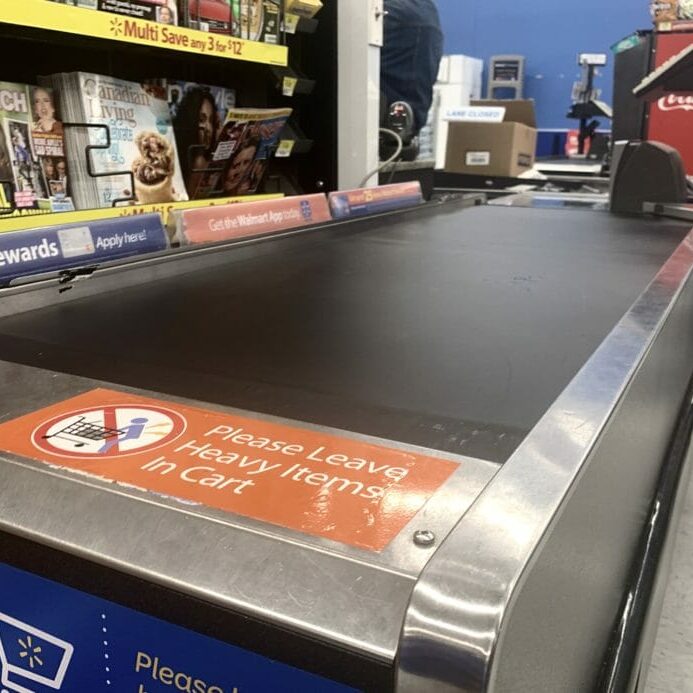
The problem with poverty porn
How exploitation of the poor has evolved to infiltrate new media
A malnourished child with begging eyes. A dirt-covered face with palms outstretched. Perhaps a celebrity comes onscreen and says, “for just five dollars, you can save this hungry child.” Feeling guilty, you donate and afterward, you feel good. You are a good person who did a good thing. You don’t think about that child again, never wondering about their story, the circumstances that lead to such poverty or whether they consented to have a camera show their fragile, naked body. Life goes on, that is, until the next commercial, poster or ad.
The stereotypes
This is an example of poverty porn. Poverty porn (or development/famine/stereotype porn) is any media that exploits poor conditions. It works because we love to pat ourselves on the back. Poverty porn empowers the wrong person. It empowers “the saviour” and not those receiving the donations (or the “victims,” as we see them). It also promotes an “us vs. them” mentality that leads to stereotyping. For instance, since non-governmental organizations (NGOs) often portray malnourished children in Africa, it misrepresents this entire continent as a barren and miserable wasteland, even though African countries have many prosperous cities. People see these ads of suffering children in and accept the stereotypes. “There are kids starving in Africa” is a classic line parents say to their children when they don’t finish their meals.
Poverty porn also promotes the idea of the “white saviour” and oversimplifies the reasons for poverty in a country or region. Consumers almost never investigate the individual and systemic reasons, such as a poor healthcare system, social inequality or a corrupt government behind the problem. We think that, for the same price as a cup of coffee, life could be fixed.
Acquiring donations and fraud
NGOs, like UNICEF and Oxfam, use poverty porn to get donations. Through media they show people at their most vulnerable, and it works. People donate, but does that mean it’s right? Often these exploitative portrayals take away the dignity of the people in them. We wouldn’t show a Canadian child in that state of suffering, but it’s OK to do it with foreign children if it gets people to donate a few bucks.
Sometimes, organizations even use poverty porn to commit fraud. Since May 2019, Aid for Starving Children is under investigation by The California Attorney General’s Office after allegations that $97.4 million of the $105 million the company said it raised was in the form of drugs donated by pharmaceutical companies. Many of these medications were for conditions not associated for starving children, like menopause pills.
But it’s not just charities anymore. Social media has seen the new form of poverty porn. With the rise of social media, we see individuals and companies creating poverty porn. There was briefly a video trend where YouTubers would try living off one dollar a day like Aldi’s “Poorest Day of The Year” challenge. This was when the popular supermarket challenged YouTuber Natalie Lee and her family of four to feed themselves with a budget of £25. The company even created the hashtag #AldiPoorestDayChallenge for it.
Social media
Fraudulent Instagram accounts also use crisis in other parts of the world to gather likes and followers. During the wildfires in Australia, many spam accounts popped up and pretended to accept donations, posing as charities through “one dollar for every like” posts and successfully growing as people piled their guilt into a single like and post to their story.
Social media has made poverty porn more accessible. It’s somehow even more desensitized behind Snapchat filters and insensitive challenges. It makes a show out of poverty, making food insecurity entertainment. It’s wealthy YouTubers exploiting homeless people, shoving cameras in their faces as they cry when given gifts. It’s knowing you’ll get a lot of views and profit from making a spectacle out of poverty.
The NGOs’ solution could be holding them accountable to make sure the money is going where they promised. It’s tackling the problems of poverty directly, not just donating a few cheques and hoping everything works out. It’s sharing people’s stories without exploiting them or disrespecting their dignity.
There needs to be a cultural shift. Most social media content makers and companies will apologize when people hold them accountable for their portrayal of poverty porn. Hopefully, one day, the apologies will turn into actions.






